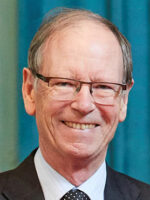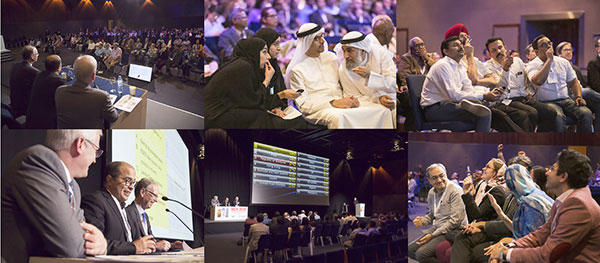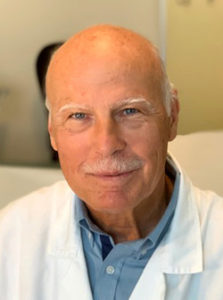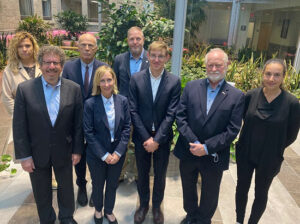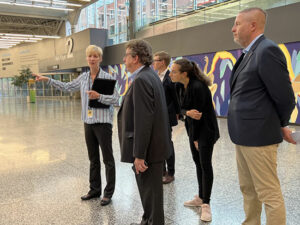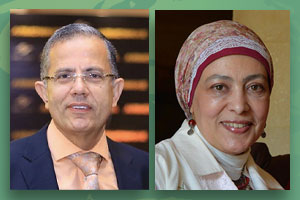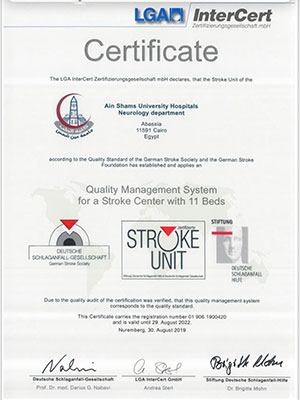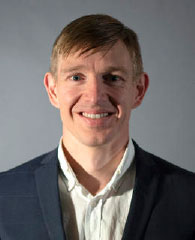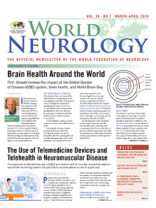By Vladimir Hachinski, MD, DSc, FRCPC, FRSC

Note from the Editors: This photo is of Prof. Hachinski being awarded the Potemkin prize (sometimes referred to as the “Nobel Prize of Alzheimer’s research”) at the American Brain Foundation gala at the 2022 AAN Annual Meeting in Seattle, Washington. Andi Potamkin, the grandaughter of Luba and Victor Potemkin, who endowed the Potemkin Prize in 1988, is shown presenting the award to Prof. Hachinski.
The publication of the results of lecanemab for the treatment of early Alzheimer’s disease has generated hype, hope, and questions. Questions include:
Can we do better in dementia prevention than finding a “silver bullet” drug?
Are we doing enough to stem the rising wave of neurological disorders that are now the leading causes of disability adjusted life years (DALY), particularly stroke and dementia, that account for 62% of these?1
Although the absolute numbers of stroke and dementia cases continue to rise in most countries, the stroke cases per thousand have declined in 165 of 209 countries. Dementia has proven more intractable; only 18 out of 204 countries have had a decline in incidence.2 What accounts for the decreased incidence in these countries? What are we doing right? Looks like a great opportunity to find out and begin preventing some dementias systematically.
However, so far the bulk of funds and efforts have been to find an effective drug against dementia. The clinical trials have yielded equivocal results. Part of the reason lies in the concomitant multiple causes of dementia in older adults that result in Alzheimer’s disease. In older adults, it is not a disease, but a syndrome of up to eight different pathologies.3 To date only one drug, lecanemab, might have some minimal effect in the early stages of Alzheimer’s disease.”4 However, it will probably cost tens of thousands of dollars, it requires the inconvenience and costs of intravenous infusions, and carries the risk of brain edema and hemorrhage. Nevertheless, the search to find drugs for specific etiologies needs to go on, so that at some point in the future we can target the different causes that lead to dementia. But what do we do in the meantime?
One encouraging development has been the FINGER study, showing that intensive lifestyle management can slow cognitive progression in persons at risk of dementia.5 This approach has now been expanded to a series of similar studies in several countries.6 This is promising and deserves testing in different settings and populations. Limitations include the considerable resources required to implement the extensive interventions and the fact that it targets only a fragment of a given population.
The WHO’s Global Action Plan7 is more comprehensive and advocates a life course approach. It provides excellent information, but little on motivation and less on implementation, this being up to the governments of the member countries. Some countries have national dementia plans, but most focus on caring for those afflicted, with little funding left for prevention.
The news is more encouraging in smaller jurisdictions. The province of Ontario, Canada, introduced a stroke strategy associated with a 32% decrease in the incidence of stroke and 7% of dementia over 12 years.8 We now are trying to find out what accounts for the decline. We are using a comprehensive approach, including environmental, socioeconomic, and individual risk and protective factors, customized, focusing on the most promising targets and assuring that it is cost effective, to justify the investment.9
We consider it important to carry out prevention at the level of “actionable units.” This means a group or population that has a sense of community. In our case, it will be a health region comprising 525,000 inhabitants. Moreover, we will target stroke, heart disease, and dementia together10 around a positive message of “brain health for all, now” and work through the leaders of government, businesses, labor, voluntary organizations, and with the help of the Heart and Stroke Foundation of Canada, Hypertension Canada, and the Alzheimer Society of Canada.
Prevention remains the best way to stem the tide of stroke, heart disease, and dementia, but we have to foster new approaches such as the comprehensive, customized, cost effective (The Triple C) approach, to complement the current ones. We can, we must, we will do better in dementia prevention; millions of brains depend on it. •
Vladimir Hachinski is past president of the World Federation of Neurology and the 2022 recipient of the Potamkin Prize.
References
-
Avan A, Hachinski V. Stroke and dementia, leading causes of neurological disability and death, potential for prevention. Alzheimers Dement. 2021 Jun;17(6):1072-1076. Epub 2021 May 31. PMID: 34057294. DOI: 10.1002/alz.12340
-
Avan A, Hachinski V. Global, regional, and national trends of dementia incidence and risk factors, 1990-2019: A Global Burden of Disease study. Alzheimers Dement. 2022 Aug 31. doi: 10.1002/alz.12764. Online ahead of print.PMID: 36044376
-
Boyle PA, Yu L, Wilson RS, Leurgans SE, Schneider JA, Bennett DA. Person-specific contribution of neuropathologies to cognitive loss in old age. Ann Neurol. 2018 Jan;83(1):74-83. doi: 10.1002/ana.25123. Epub 2018 Jan 14. PMID: 29244218 Free PMC article.
-
van Dyck CH, Swanson CJ, Aisen P, Bateman RJ, Chen C, Gee M, Kanekiyo M et al. Lecanemab in Early Alzheimer’s Disease. November 29, 2022. DOI: 10.1056/NEJMoa2212948
-
Ngandu T, Lehtisalo J, Solomon A, et al. A 2-year multidomain intervention of diet, exercise, cognitive training, and vascular risk monitoring versus control to prevent cognitive decline in at-risk elderly people (FINGER): A randomised controlled trial. The Lancet 2015;385:2255-2263
-
Kivipelto M, Mangialasche F, Snyder HM, et al. World-Wide FINGERS network: a global approach to risk reduction and prevention of dementia. Alzheimers Dement. 2020;16:1078-1094.
-
WHO Global Action Plan. https://www.who.int/publications/i/item/global-action-plan-on-the-public-health-response-to-dementia-2017—2025
-
Sposato LA, Kapral MK, Wu J, Gill SS, Hackam DG, Cipriano LE, Hachinski V. Declining incidence of stroke and dementia: Coincidence or prevention opportunity? JAMA Neurol. 2015;72:1529-1531
-
Hachinski V, Dementia Prevention Initiative. The comprehensive, customized, cost-effective approach (CCCAP) to prevention of dementia Alzheimers Dement. 2022 Feb 1. doi: 10.1002/alz.12586. Online ahead of print. PMID: 35103397. DOI: 10.1002/alz.12586
-
Hachinski V. Brain Health-Curbing Stroke, Heart Disease, and Dementia: The 2020 Wartenberg Lecture. Neurology. 2021 Aug 10;97(6):273-279. Epub 2021 Apr 21. PMID: 33883239 DOI: 10.1212/WNL.0000000000012103
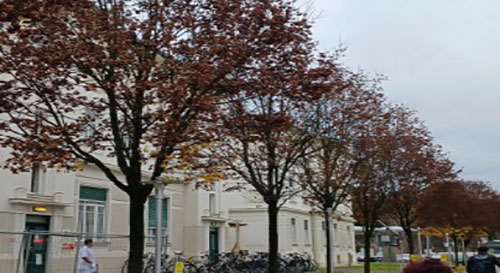
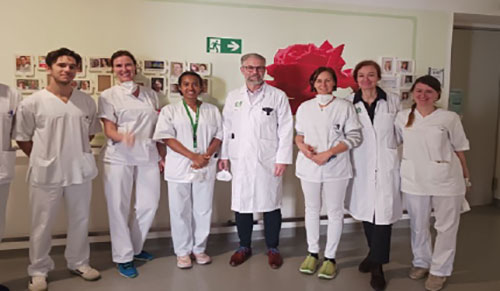
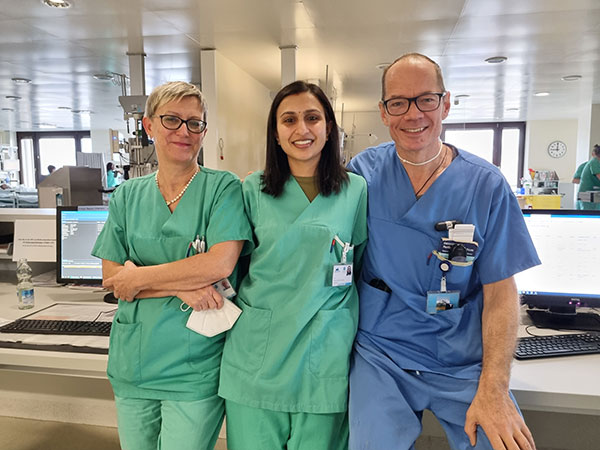
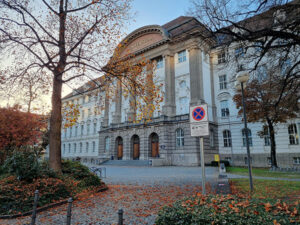
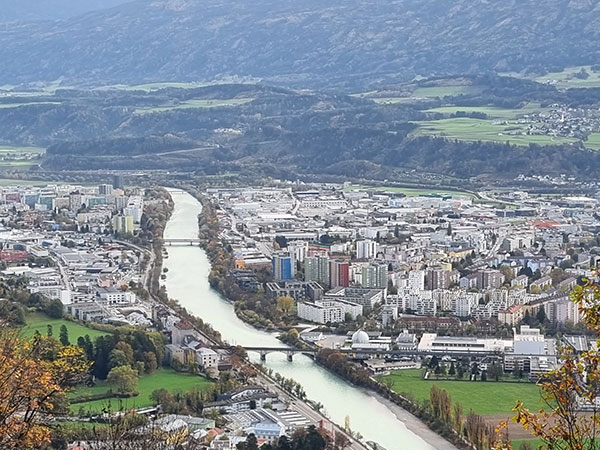
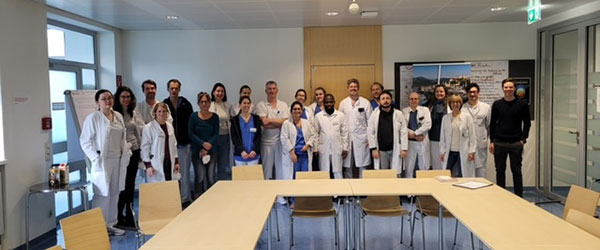
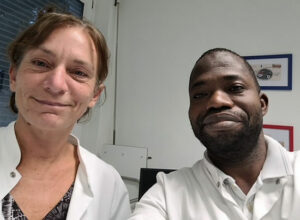 On arrival in Vienna, I boarded a train to Salzburg, where I would start my posting cum observership the next day in the neurology department of the Christian Doppler Clinic with my designated mentor, Prof. Eugen Trinka, a pleasant, joyful, and highly regarded epileptologist. Dr. Giorgi Kuchukhidze and the department’s secretary, Christa Muller were on hand to welcome me the next morning. They walked me through the paperwork and showed me around Salzburg’s facilities and the surrounding areas.
On arrival in Vienna, I boarded a train to Salzburg, where I would start my posting cum observership the next day in the neurology department of the Christian Doppler Clinic with my designated mentor, Prof. Eugen Trinka, a pleasant, joyful, and highly regarded epileptologist. Dr. Giorgi Kuchukhidze and the department’s secretary, Christa Muller were on hand to welcome me the next morning. They walked me through the paperwork and showed me around Salzburg’s facilities and the surrounding areas.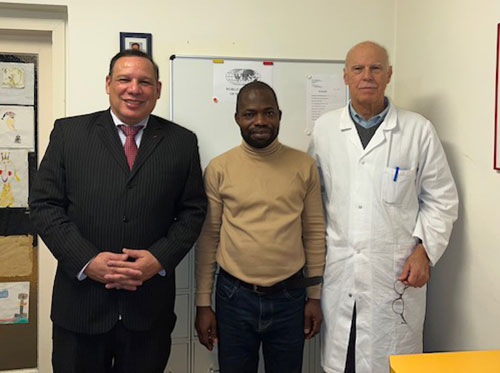
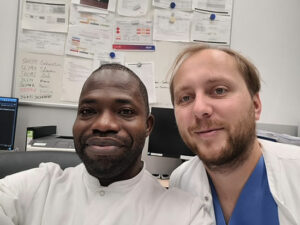 Maya Angelou sums up my experience with the words: “This is a wonderful day. I have never seen this one before.” Indeed, it was an exceptional exposure to kindness beyond limits and the Austrian Neurological Society’s desire to make the world a better place. I have truly never seen it before. Thank you, the Austrian Neurological Society, I am forever grateful! Thank you, the World Federation of Neurology for your selflessness. The world is certainly a better place because of you all.
Maya Angelou sums up my experience with the words: “This is a wonderful day. I have never seen this one before.” Indeed, it was an exceptional exposure to kindness beyond limits and the Austrian Neurological Society’s desire to make the world a better place. I have truly never seen it before. Thank you, the Austrian Neurological Society, I am forever grateful! Thank you, the World Federation of Neurology for your selflessness. The world is certainly a better place because of you all.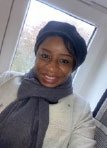
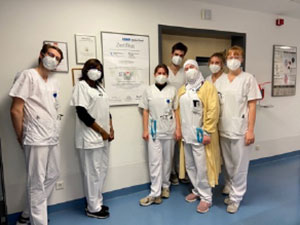
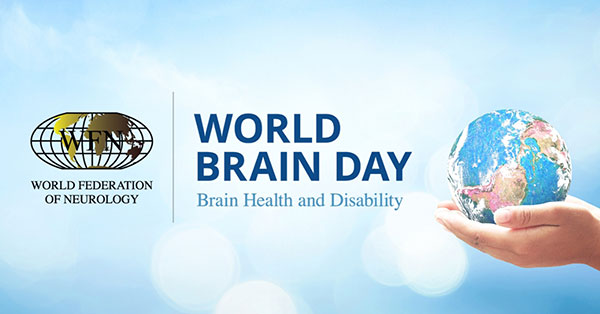 Key Message
Key Message 